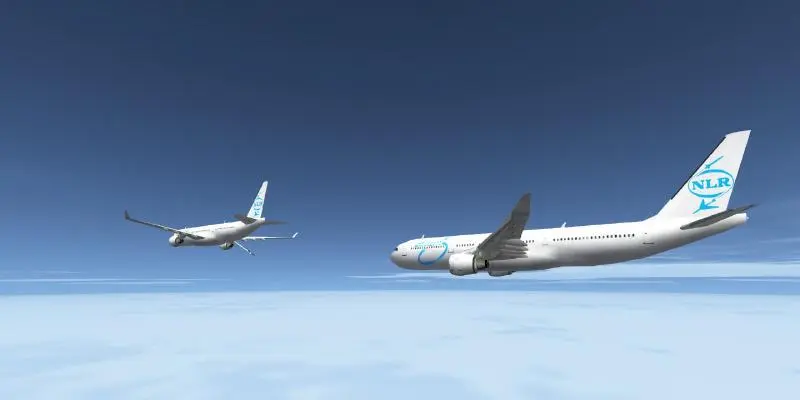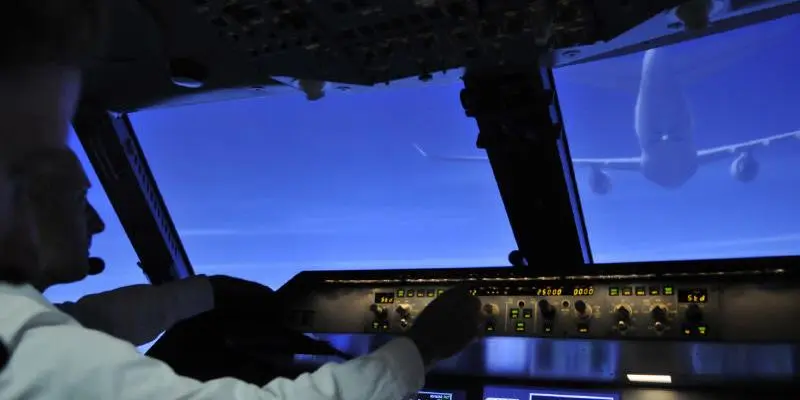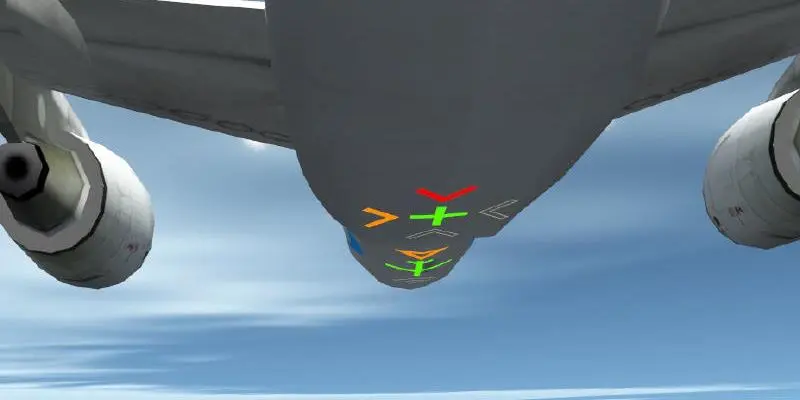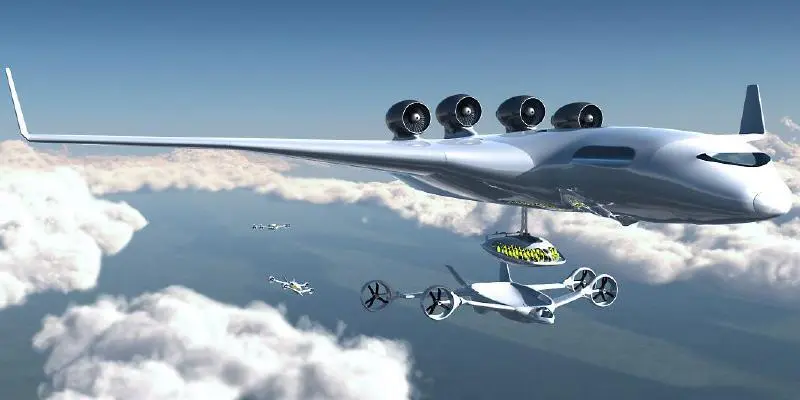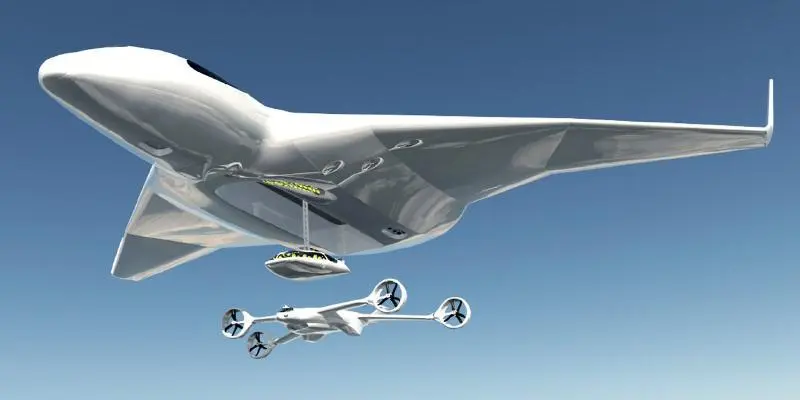Project example: RECREATE
Revolutionising aviation with flying fuel stations
In the future, long-haul aircraft should be able to take off with less fuel and only have their tanks filled up once they reach an altitude of 10,000 metres. This would save around 20 per cent of jet fuel expenditures. As part of a European research project, the ZHAW School of Engineering worked together with partner institutions from five countries to develop this type of concept for the aviation industry.
When it comes to energy efficiency and aircraft, there is still a lot of room for improvement. The most modern long-haul aircraft such as the Airbus A380 and the Boeing 787 are inefficient modes of transport if you look at them objectively. One reason for this is the full fuel tank at take-off. The stored jet fuel makes up around one-third of the entire weight of the aircraft. As part of a European research project, the Centre for Aviation (ZAV) at the ZHAW School of Engineering decided to investigate a scenario that up until now has only been used for military aircraft: fuelling while in flight.
“In order for the fuel tanker aircraft not to cancel out the saved CO2 emissions, it would carry jet fuel for three to five commercial jets and circle a specific area.”
Prof Dr Leonardo Manfriani, Centre for Aviation (ZAV)
Tanker aircraft circling in the sky
Under the acronym RECREATE (Research for a CRuiser Enabled Air Transport Environment), the ZAV worked with an international research team for three years on a ‘cruiser feeder’ design for the aviation industry. The aim of the concept is for long-haul aircraft to be able to take off with an almost empty fuel tank – and thus far less weight – and have their tanks filled only after reaching cruising altitude. This would require the use of tanker aircraft. ““In order for the fuel tanker aircraft not to cancel out the saved CO2 emissions, it would carry jet fuel for three to five commercial jets and circle a specific area,” Leonardo Manfriani, heading up the project on behalf of the ZAV, explains. “These flying fuel stations should be located far enough away from residential areas, of course, but also directly on main flight routes. For example, the Atlantic Ocean east of Canada and south of Greenland would be an ideal area for trans-Atlantic flights.” According to the researchers’ calculations, this concept would enable savings of around 20% of fuel expenditures.
Fuelling process tested on simulator
As part of the project, the researchers were able to prove that their concept is technologically feasible. Commercial pilots successfully tested the air-to-air fuelling process in the simulator. “Using simulations, we investigated how fuelling in midair could be designed most safely, because unlike the air force, civilian pilots should be able to carry out a fuelling manoeuvre in the air with no extra training required if at all possible,” Leonardo Manfriani explains. The task given to the ZAV was to design and construct the tanker aircraft’s cantilever arm in such a way that the fuelling process in the air can be controlled completely by computer. When the project was completed in January 2015, the researchers had proven not only its feasibility but also that current airworthiness and safety requirements can be fulfilled as well.
“The larger and heavier the aircraft, the louder it is when taking off. Those residing close to the airport would also benefit from air-to-air fuelling.”
Prof Dr Leonardo Manfriani, Centre for Aviation (ZAV)
Non-stop from Zurich to Sydney
The concept for air-to-air fuelling would not only save on jet fuel but also ensure additional comfort for passengers. Flights around the world would be possible without stopovers even for smaller aircraft, which would in turn relieve the intercontinental aviation hubs. A further positive side effect of air-to-air fuelling would be lower noise emissions at airports, according to Leonardo Manfriani: “The larger and heavier the aircraft, the louder it is when taking off. Those residing close to the airport would also benefit from air-to-air fuelling.”
In a second project phase, the researchers went one step further and made their concept even more visionary: giant passenger jets would be able to fly around the world several times without stopovers, and the fuel they need could be supplied by smaller aircraft while in flight. Luggage, rubbish and even passengers could be exchanged between the aircraft while in flight – but of course that is all still very futuristic.
The RECREATE project is a collaboration between nine European universities and research institutions from five countries, led by the Netherlands Aerospace Centre (NLR). The ZHAW School of Engineering with its Centre for Aviation is the only partner institution from Switzerland.
Project video
At a glance
Participating institutes and centres:
Project partner:
- Dr Rajendar Kumar Nangia (United Kingdom)
Financing: European Commission
Project duration: 2013-2016
